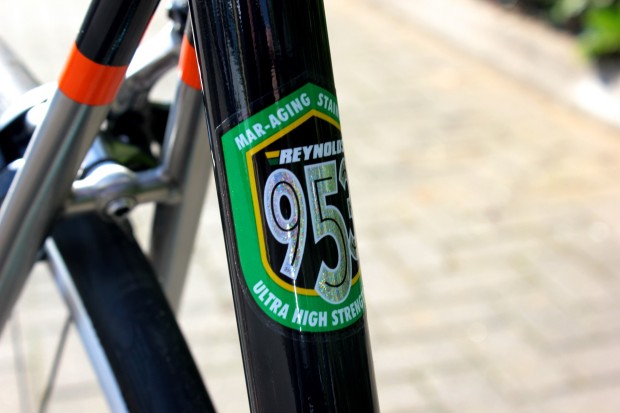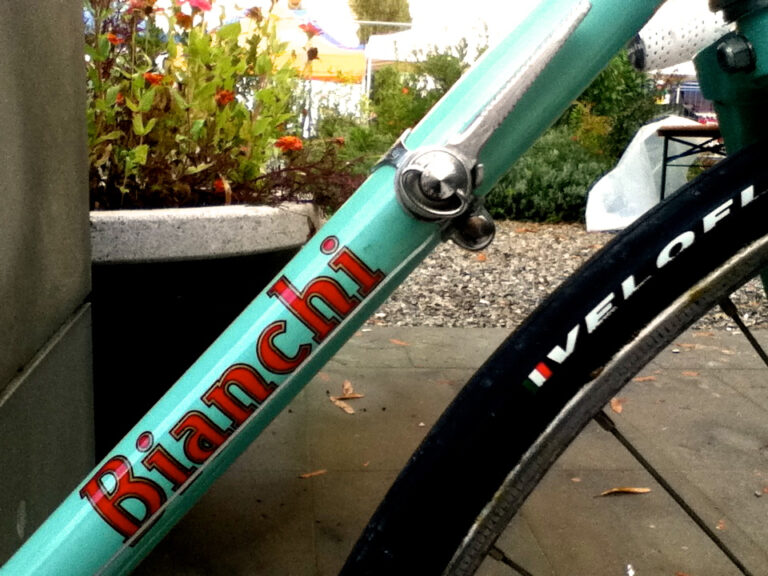So the Ed returns from Genesis Bikes’ model year 2014 product launch with stories of high-end steel race bikes, and a long conversation begins about the purpose of certain bikes.
Where are you on the long and invariably upward curve of bicycle ownership, we wondered? I have witnessed many friends get into this sport of ours by the medium of the £500-£600 steed, purchased “just to get a bit fitter”. Generally, such machines will have an alloy frame, a carbon fork, perhaps, and invariably a Shimano eight or nine-speed group set.
These are usually much lighter, stiffer and more reliable than the first racing bikes that I owned (for the second time this month, I am reminded of the long lamented Holdsworth). There was an arcing line to follow on the upgrade trail that involved a lighter aluminium frame, 10-speed Shimano (or some exotic Campagnolo componentry, if you were flash or a traditionalist) and a Mavic or such-like factory wheelset.

Eventually, and inevitably it seems, we decide that such a machine is no longer sufficient. Our gaze wanders, typically in the direction of the peloton. Carbon frames have swept all before them in terms of sales in more recent times, without so much as glance towards titanium or high-end steel on their journey towards global domination. And carbon is, of course, the choice of the professional. Well, most of them.
We return to the (ahem) Genesis of these ramblings: a new product launch from a company whose flagship 953 frameset will be raced on Sunday in the Tour of Britain, and yet not a fibre of carbon to be found this side of a fork leg. What gives?
Genesis’ challenge to the carbon hegemony started two trains of thought. Firstly, is carbon the only material on which to race? And secondly, is the choice of the professional cyclist – a gifted athlete, almost without exception in his twenties or thirties, and likely to enjoy a post-race massage – the right choice for most of us? The cockpit of a Formula One racing car is likely to provide a demanding and uncomfortable environment, and no place for the mere mortal, but the allure of speed is hard to resist – a concept understood perfectly by the car manufacturers who plough hundreds of millions of pounds/dollars/Euros into the teams’ coffers each year.
So should we buy the bikes we want, or the bikes we should? Perhaps it’s just creeping age that is making me think long and hard about the sort of bike I need, as opposed to the bike I lust after. Would a steel frame, likely to weigh significantly more than a high-end carbon bike, actually slow down the majority if us, or is the answer to greater speed to be found in a long look in the mirror, or a revised (and expanded) riding schedule?
A final thought. My view is that the carbon machines we enjoy – and the performance of the best of them exceeds all other materials – are a fine reward for having done the time and miles required to extract the maximum from them: the old school apprenticeship, if you will. The truth for many of us, however, is that we would be equally fast (or slow) on a good steel bike.
Now where did I put the brochure for the LOOK 695 AeroLight…….





